Experts use quasars as "clocks" to measure cosmic time dilation for the first time and confirm Einstein was right.
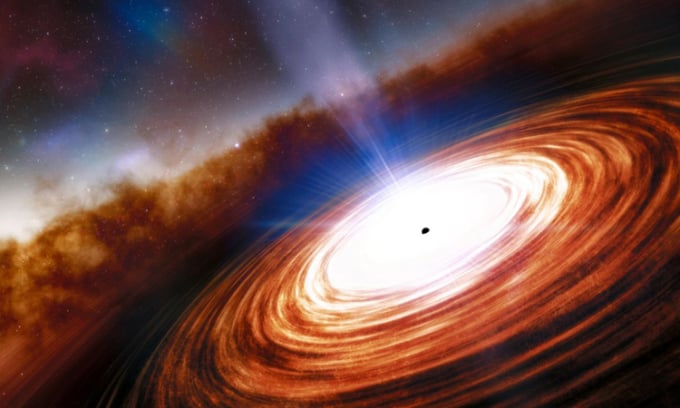
Illustration of a quasar, considered the brightest object in the universe. Photo: NOIRLab/NSF/AURA/J. Da Silva
Time in the early universe appears to have passed five times slower than it does today, scientists said on July 3. This is the first time they have used quasars as "clocks" to confirm this strange phenomenon.
Einstein's theory of relativity predicts that because the universe is expanding, humans should see distant universes moving slowly, according to Geraint Lewis, an astrophysicist at the University of Sydney and lead author of the new study published in the journal Nature Astronomy.
The universe is thought to be about 13.8 billion years old. Researchers have previously used observations of supernovae – super-bright stellar explosions – as a “cosmic clock” to show that time passed twice as slowly when the universe was half its current age.
New research using quasars, which are even brighter than supernovae, to peer deeper into the history of the universe, shows that more than a billion years after the Big Bang — the explosion that created the universe — time appears to be moving just one-fifth as fast as it does now. This phenomenon is called cosmic time dilation.
To measure cosmic time dilation, Lewis and University of Auckland statistician Brendon Brewer analyzed data from 190 quasars collected over two decades. Quasars form when a supermassive black hole at the center of a distant galaxy devours surrounding matter and emits intense radiation. They are considered the brightest and most powerful objects in the universe, making them useful “beacons” for charting the universe, Lewis said.
But turning quasars into “cosmic clocks” is much harder than supernovae. Many previous attempts to use quasars to measure time dilation have failed, leading to some strange conclusions, Lewis said. The new research helps put things back in perspective and confirms that Einstein was right.
According to Lewis, they succeeded because they had more data on quasars. Recent advances in statistical understanding of randomness also helped.
To turn quasars into measurable time clocks, the team had to understand the chaotic explosions that occur when black holes devour matter. Lewis compared them to a fireworks display, where the flashes of light appear random but are actually different elements brightening and dimming on their own timescales. “We’ve demystified this fireworks display, showing that quasars can also be used as standard time markers for the early universe,” Lewis said.
Thu Thao (According to AFP )
Source link






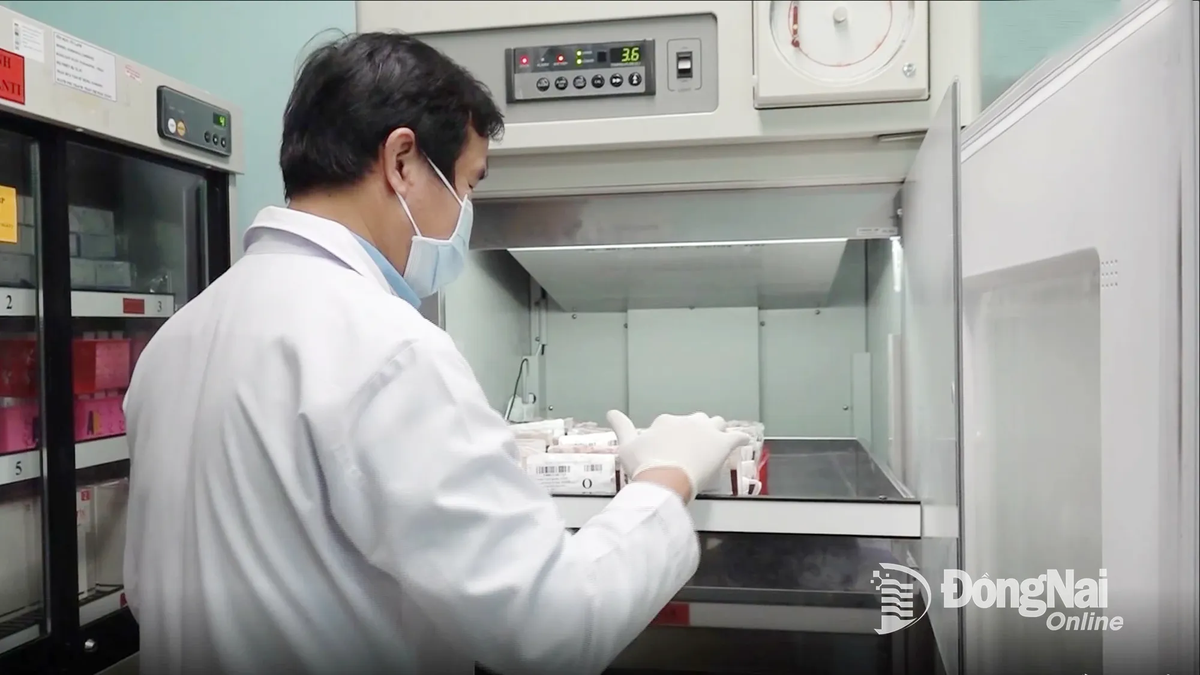
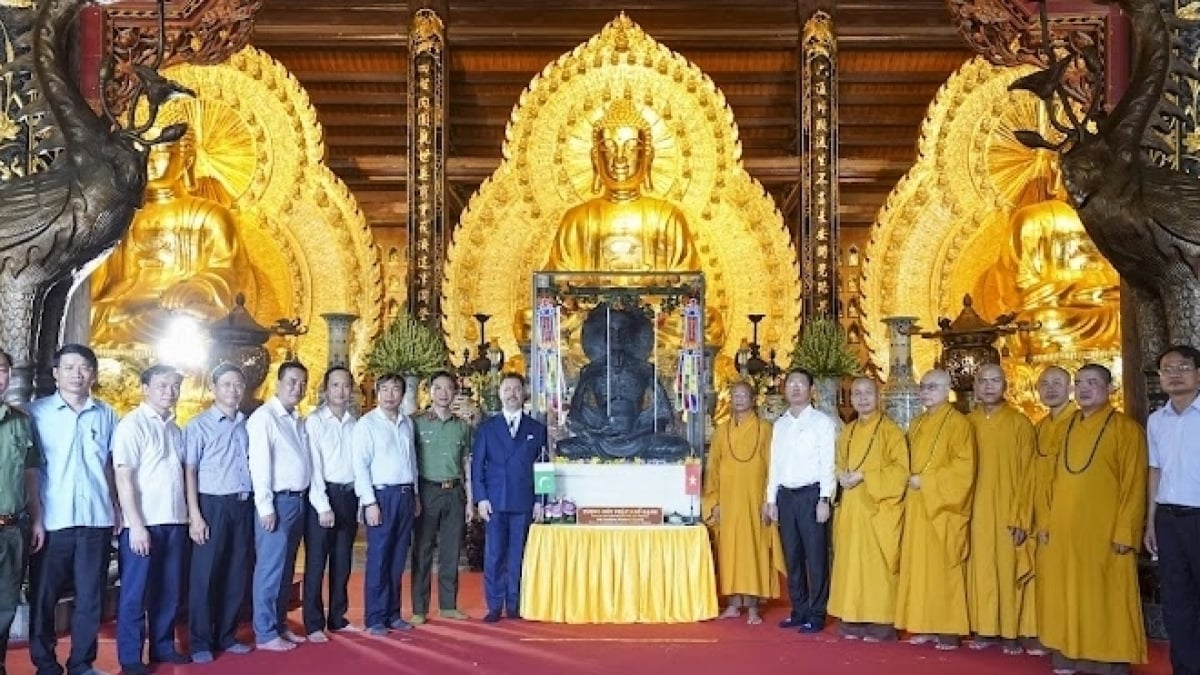






























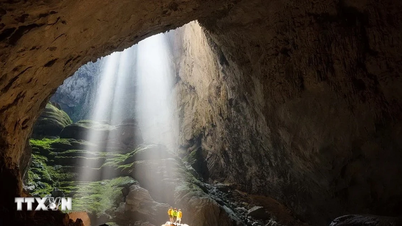

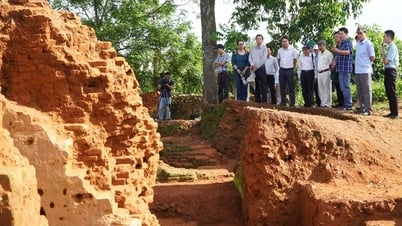


























































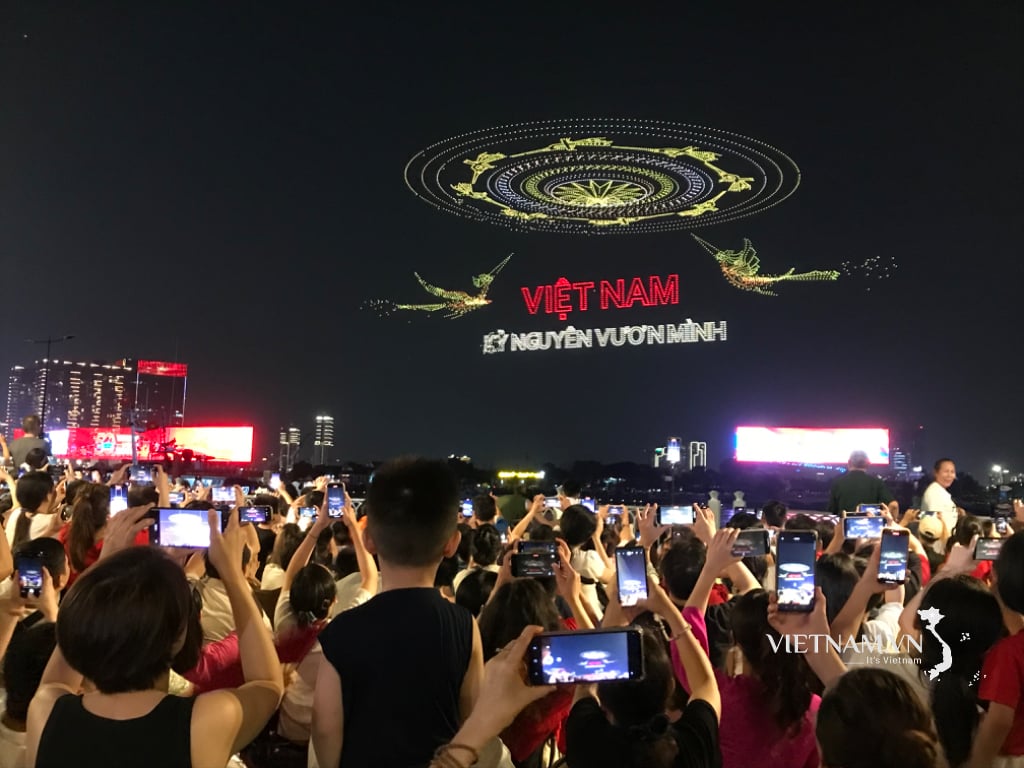


Comment (0)